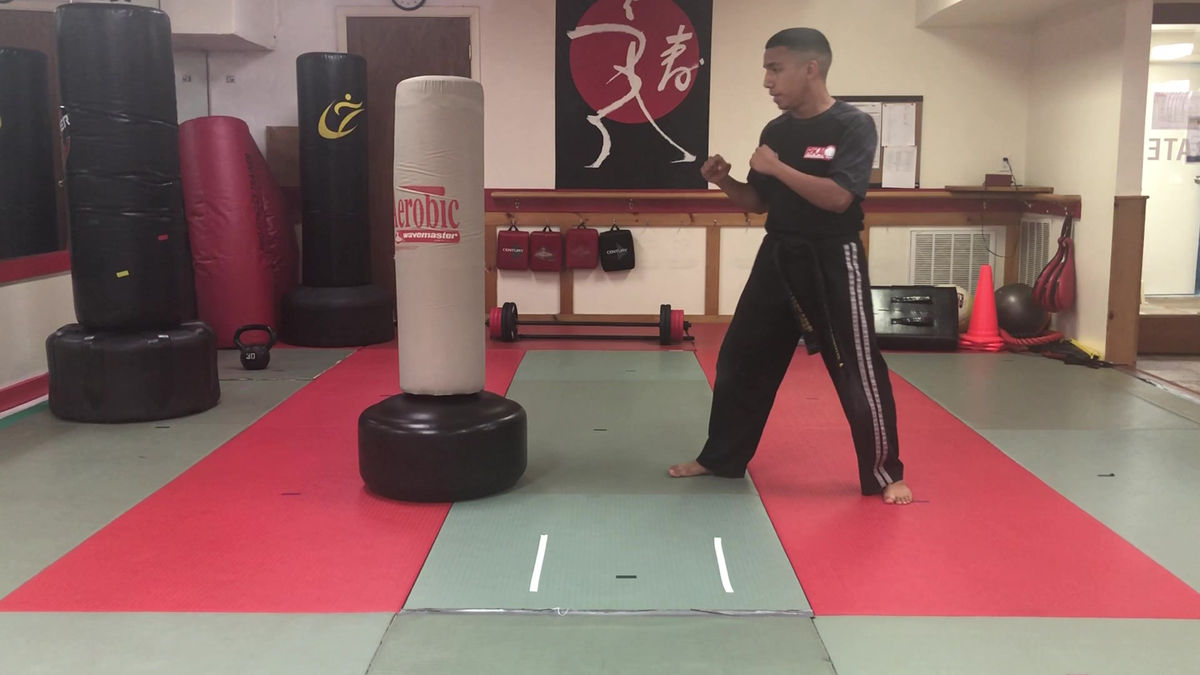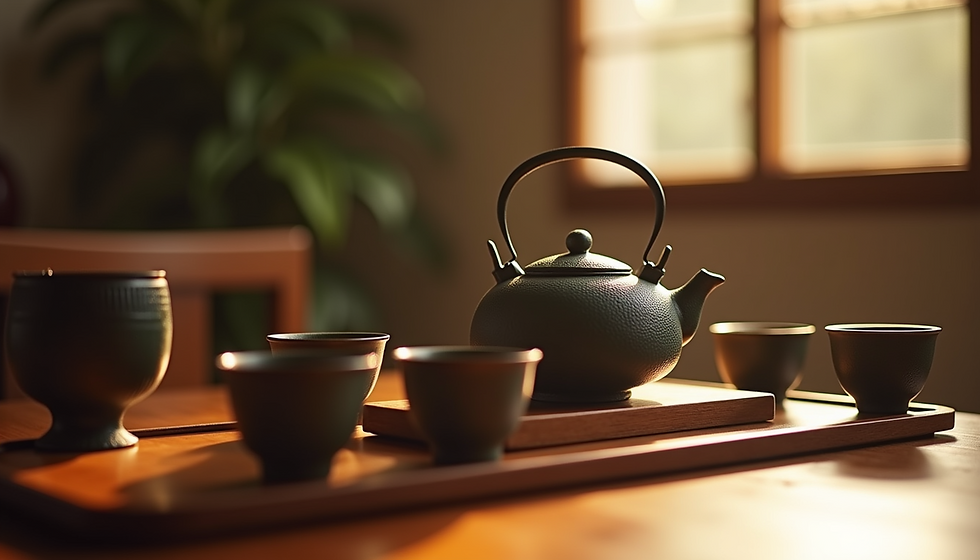Combat Karate NJ Near Me
- Joseph Fanning
- Dec 3, 2024
- 3 min read
Combat Karate NJ Near Me - The Japanese pronunciation of karate is [kaʾate], but the Okinawan pronunciation is [kaʽati] (橺㉋).is a martial art that was created in the Ryukyu Kingdom and is also known as karate-do (空㉋道, Karate-dō). Under the influence of Chinese martial arts, it evolved from the native Ryukyuan martial arts (known as te (㉋), "hand"; tī in Okinawan). Traditional karate training also involves throwing and joint locking techniques, but modern karate is essentially a striking discipline that uses punches and kicks. A karate-ka is a person who practices karate.
Combat Karate NJ Near Me | Karate Introduced to Japan
Early Chinese martial artists introduced their methods to Okinawa starting in the 1300s. The Ryukyu Kingdom's cultural ties to China persisted even after the Invasion of Ryukyu in 1609, when Japanese samurai transformed it into a puppet state. Under samurai authority, Okinawans were prohibited from carrying swords, therefore groups of young nobles developed unarmed combat techniques as a means of resistance by fusing native and Chinese martial arts. Self-discipline was stressed in training. The combination of these martial disciplines became known as kara-te 唐㉋, or "Chinese hand." At first, there were no conventional styles, ranking systems, colored belts, or uniforms. In fact, many of the components that make up modern karate were included a century ago.

Although the Ryukyu Kingdom had been subjugated by the Japanese Satsuma Domain and had been its vassal state since 1609, Okinawa Prefecture was formally included into the Japanese Empire in 1879. Karate was in risk of losing its transmission when the Ryukyuan samurai (Okinawan: samurē), who had been its bearers, lost their special position. But after karate started being taught in Okinawan schools in 1905, it gradually acquired popularity again. Gichin Funakoshi and Motobu Chōki brought karate to mainland Japan during the Taishō period (1912–1926). Every element of Japanese culture was impacted by the 1930s' ultranationalistic mindset. Funakoshi used aspects of judo, including the colored belts and training clothes, to make the imported martial art more approachable.
Combat Karate NJ Near Me | Etymology
Te (Okinawan: tī, lit. "hand") was an indigenous Ryukyuan martial technique that originated in Okinawa during the Ryukyu Kingdom period. Additionally, a Chinese-derived martial style known as tōde (Okinawan: tōdī, lit. "Tang hand") arose in the 19th century. In the late 19th century, there was a difference between Okinawan-te and tōde, according to Gichin Funakoshi.[16] It is believed that te also became known as Okinawa-te (Okinawan: Uchinādī, lit. 'Okinawa hand') with the rise of tōde. But when Okinawa-te declined, this line gradually became less apparent.
Conventionally, the development of unarmed combat tactics in Ryukyu has been ascribed to a policy of weapon bans, which are alleged to have been enforced twice. The first occurred under King Shō Shin's rule (1476–1526; r. 1477–1527), when the royal authority tightly regulated the collection of weapons from all around the nation. The second occasion was following the Satsuma Domain's 1609 invasion of Ryukyu. The widely held notion that Ryukyuan samurai, who were denied their swords, learned karate to rival Satsuma's samurai has historically been treated as though it were historical reality because of the two policies.
Combat Karate NJ Near Me | Practice | Self Defense | Karate as an Art | Or Self Development
One might practice karate as a combat karate fighting sport, self-defense, or as an art (budō). Self-development (budō) is emphasized in traditional karate. The psychological components of a correct kokoro (attitude), such as tenacity, courage, virtue, and leadership abilities, are emphasized in modern Japanese style training. Sport karate emphasizes competition and physical fitness. In several karate styles, using weapons is a crucial part of the training process.
The three main components of karate instruction are kumite (sparring), kata (forms), and kihon (basics or principles).










Comments